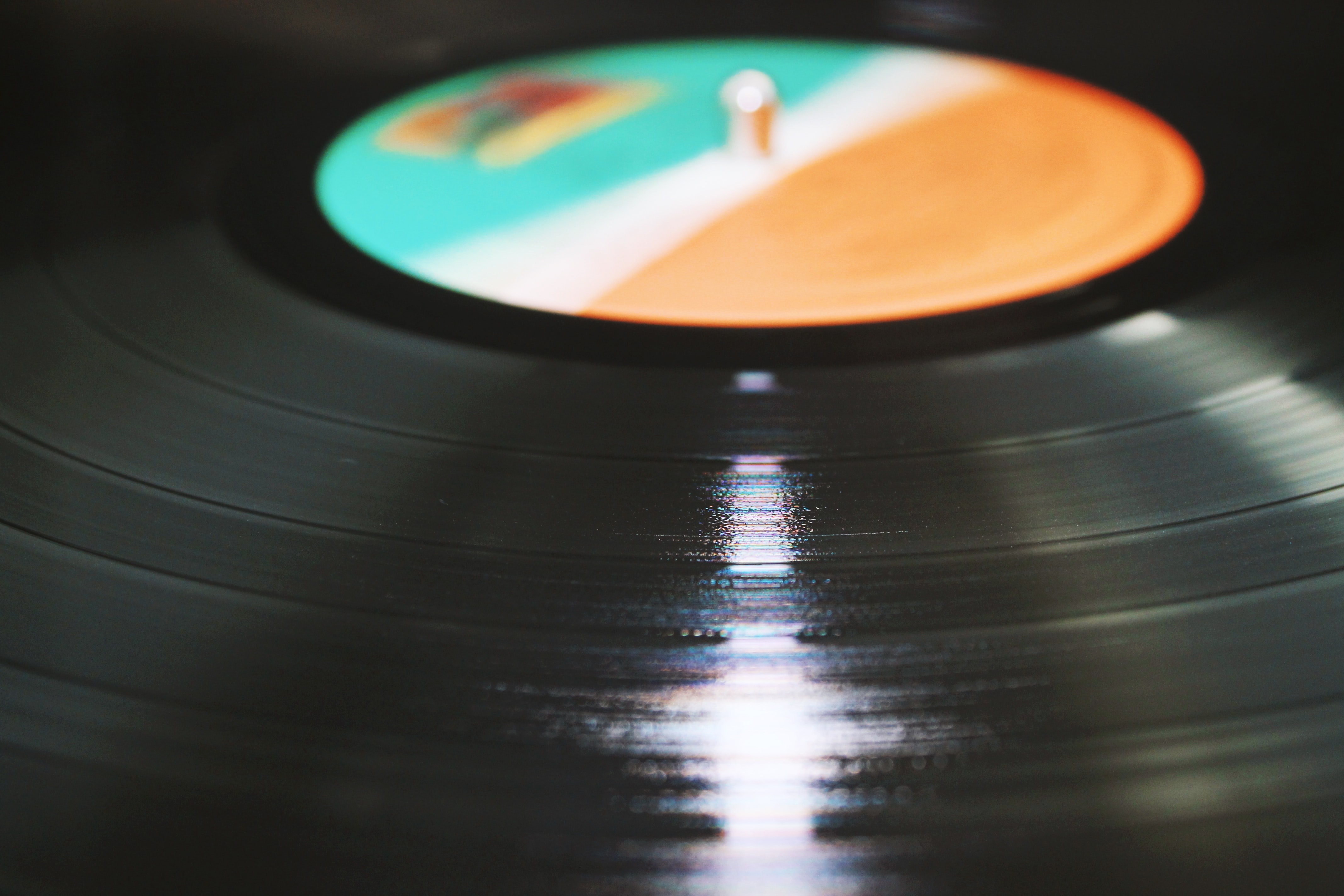 When the organizers of the 2020 Sound Studies, Rhetoric, and Writing (SSRW) Conference reached out to us in February 2020 asking if we would be interested in presenting our research on a keynote panel for an online version of the conference in October 2020, we were all excited but curious as to how the conference might work. Shifting the event to an online format in the midst of the Covid-19 pandemic felt like a smart move, but we were all wondering how it could be pulled off seamlessly.
When the organizers of the 2020 Sound Studies, Rhetoric, and Writing (SSRW) Conference reached out to us in February 2020 asking if we would be interested in presenting our research on a keynote panel for an online version of the conference in October 2020, we were all excited but curious as to how the conference might work. Shifting the event to an online format in the midst of the Covid-19 pandemic felt like a smart move, but we were all wondering how it could be pulled off seamlessly.
After about an eight-month stretch of panel meetings, conference organizing, preparation, and tech run-throughs, we found ourselves on the other side of one of the most successful sets of keynote panels in which any of us had been involved. So when the question came up as to whether we would like to post the conference proceedings on the SSRW website or think about a way to publish the presentations in a larger venue, many of us chose the latter. These presentations felt powerful, rich, and timely during this pandemic, which has made us all reach for ways to engage and communicate, to converge and commune with one another—both scholarly and personally—while in the grips of quarantine. With this in mind, we are excited to share a series of hypertexts that stem from our 2020 SSRW keynote panels. And what better way to share these visual and sonic musings than through the innovative space provided by Kairos?
We hope this work, in whatever small or large way, can contribute to your philosophical inquiry, viewing, and listening enjoyment in the midst of this moment. A very special thanks to Kairos and to the 2020 SSRW Conference Planning Committee (shout out to Rosa Tobin, Ben Lauren, Kati Fargo Ahern, Victor Del Hierro, Crystal VanKooten, and David Sheridan). Finally, a heartfelt additional thanks to Crystal VanKooten, whose webtext work and dedication to this process in the middle of a pandemic and global/civil unrest has been both invaluable and inspiring. We have truly enjoyed this process and the journey that has come along with it. We hope that you enjoy the outcome of our journey together.
Wishing you all peace and health, prosperity and equity,
Vanessa J. Aguilar
Stephany Bravo
Todd Craig
Jared D. Milburn
Emery Petchauer
Eric Rodriguez
Cecilia Valenzuela and Magnolia Landa-Posas
